Migratory Birds
For the birds: Helping persevere habitats in the Kingdom for migrating birds
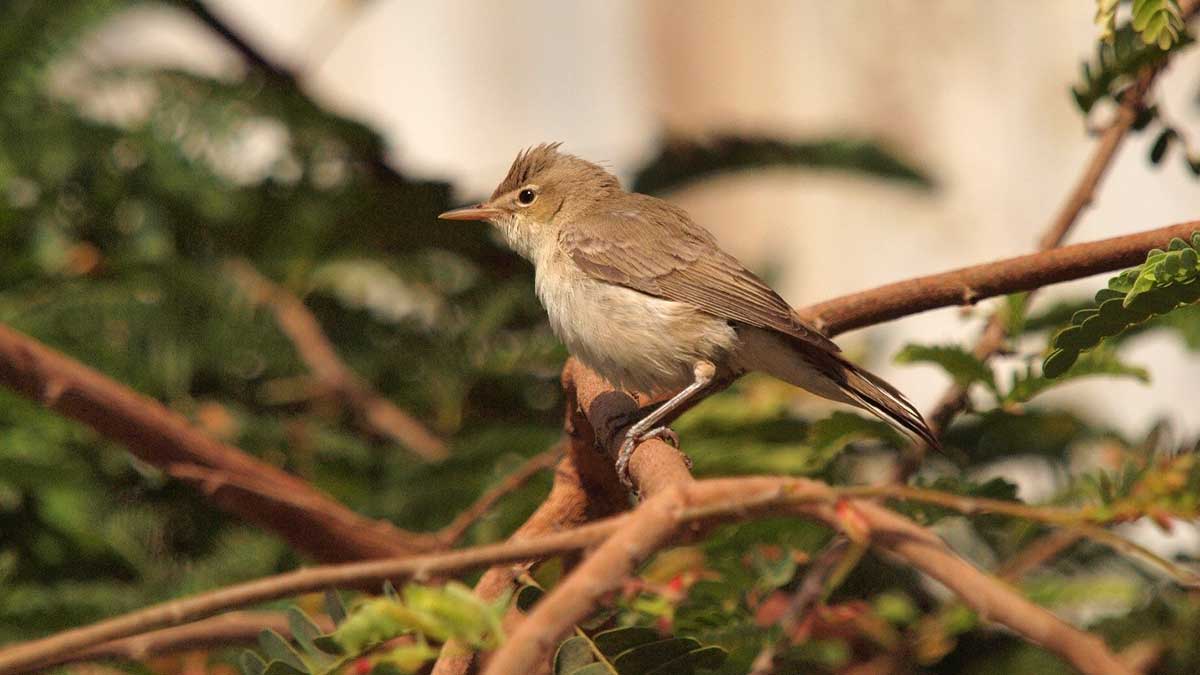
May 15, 2023
We have designated 980 square kilometers of biodiversity protection areas that are critical for migrating birds.
Over the past couple of months, have you noticed there are greater numbers of birds around than usual? And not just numbers — an increased variety as well?
This is due to the age-old phenomenon of migrating birds.
Billions of birds migrate twice per year between their breeding and wintering grounds, creating one of the most astonishing spectacles in nature.
World Migratory Bird Day, which is an annual global celebration of these intrepid avian travelers, features the theme “Water: Sustaining Bird Life” and highlights the importance of protecting aquatic ecosystems for birds.
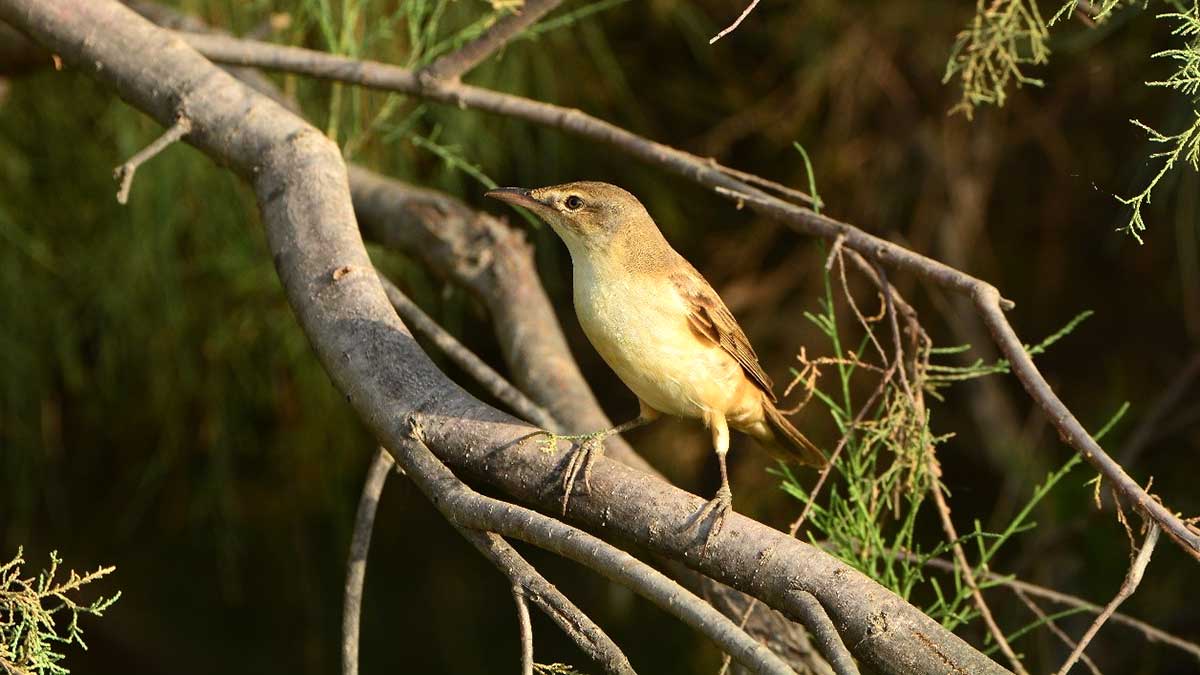
Endangered birds and wetlands worldwide
So, how does this relate to Saudi Arabia, one of the most arid countries on the planet?
The Kingdom is situated on one the world’s great "flyways" (migration routes), with as many as 3 billion individuals of nearly 300 species travelling through the Kingdom between the non-breeding grounds of East Africa and the breeding areas of Eurasia.
On the Lookout
Keep a look out for migratory species in spring and autumn, and consider sending records to a global data recording scheme such as eBird (https://ebird.org/home) — collecting data through citizen science can make significant contributions to bird conservation.
Also, Saudi Arabia has a surprising number of wetlands, ranging from desert oases, to coastal lagoons and reedbeds, to well-vegetated wadis that only flow after rains.
In a region where much of the biodiversity is water-limited, wetlands are critical, especially for migratory birds, which rely on water and its associated habitats for migration, breeding, feeding, and wintering.
However, human activities such as intensive agriculture and urbanization, as well as pollution and climate change, threaten these ecosystems.
Wetlands are among the most threatened ecosystems on the planet, with 90% of the planet’s wetlands destroyed since the year 1700 and freshwater biodiversity having declined by 84% since 1970.
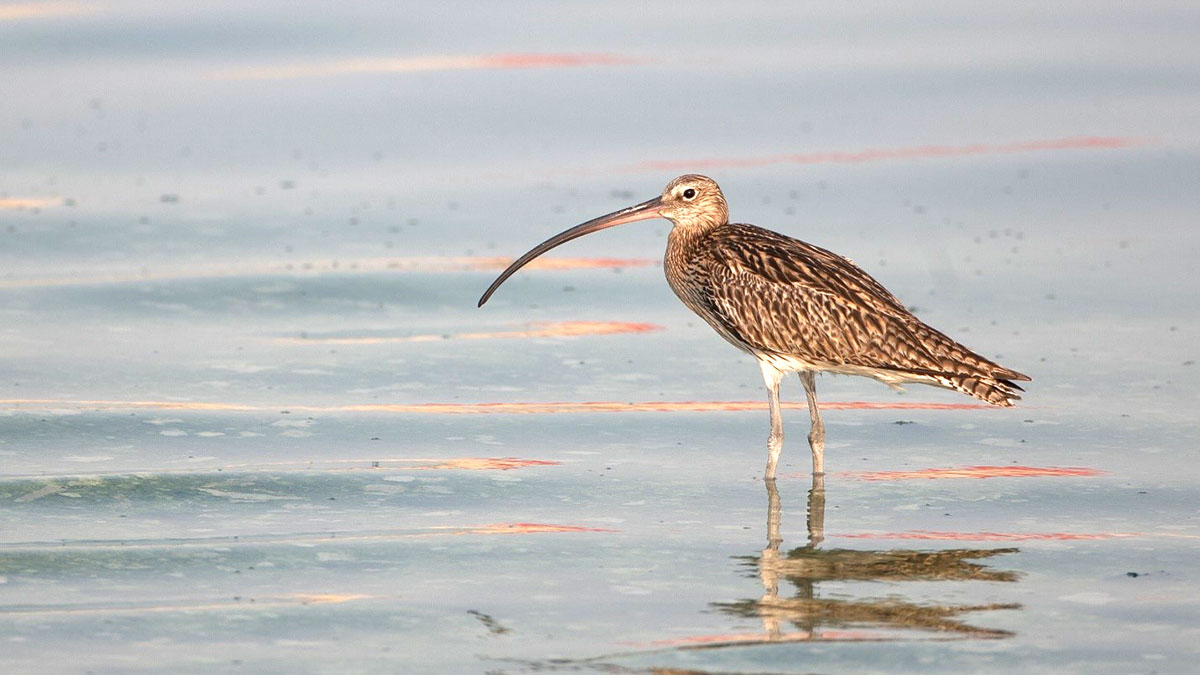
Similarly, migratory birds are in serious trouble globally, with a recent study showing a serious decline in over half of the species assessed—this amounts to a net loss of 2.5 billion individual birds since 1970.
Sadly, such declines are mirrored in Saudi Arabia. For example, coastal mangroves have been removed in much of the Kingdom in recent decades, and migratory birds are impacted by an array of threats including hunting and habitat degradation.
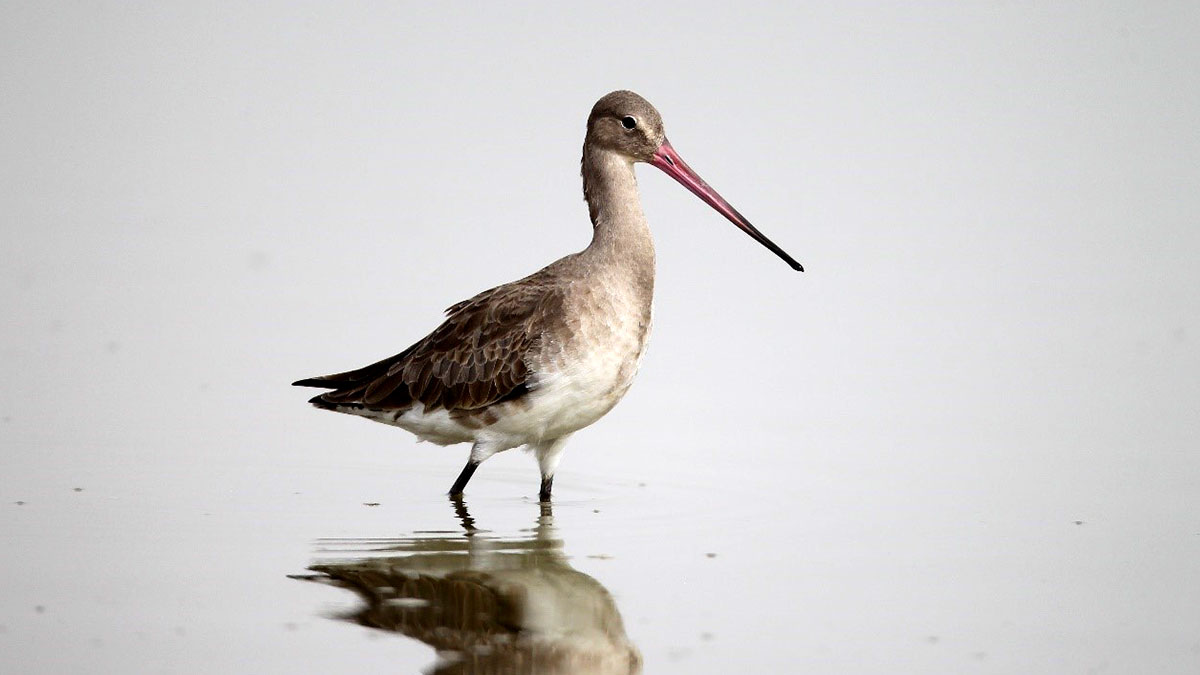
What can we do?
How can Aramco and Aramcons do their bit to help our feathered friends and their aquatic habitats in particular? From a company perspective, a great deal.
Aramco has so far designated about 980 km2 of biodiversity protection areas (BPAs) that offer feeding and resting opportunities for these global travelers. In a recent analysis, at least 92 species of migratory bird were found to have occurred at these BPAs.
At least 50 of these 92 species are dependent on wetlands, providing Aramco an opportunity to help conserve birds on its BPAs and contribute to national and global efforts.
We are also embarking on a corporate “Wetland Strategy” that includes a workstream to identify, prioritize, restore, and protect natural wetlands on Aramco land, with priority sites intended to be designated as future BPAs.
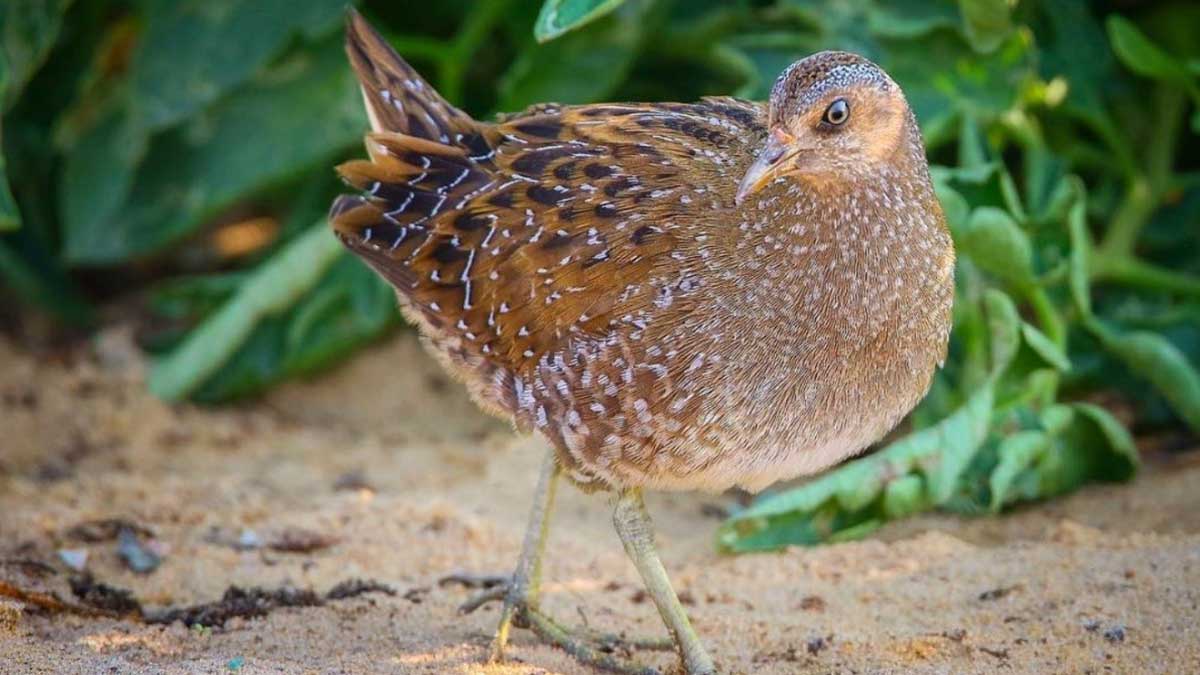
Dhahran: Migratory bird hotspot
And close to home for many of us, the Dhahran community is something of a local biodiversity hotspot, with over 260 bird species recorded, many of these migratory.
The wetland areas in Dhahran in particular are a magnet for migratory birds such as the Basa reed warbler, with a wide range of herons, terns, ducks, and wading birds recently recorded. Ecological management and maintenance of these wetlands will enable these and other species to thrive into the future.
And as individuals, we can also contribute through sensible water use (not running water while cleaning teeth, shorter showers, full washing machine loads), planting a native garden using plants that are adapted to dry climates and provide habitat for native species, keeping water clean by reducing use of pesticides and herbicides.
Caption for top photo: Basra reed warbler (Acrocephalus griseldis)is an unobtrusive and globally threatened species. It breeds in wetlands in Iraq and Kuwait, with tall reeds and nearby tamarisks. On migration it occurs in fodder fields in the Eastern Province. It is regularly recorded in reedbeds and dense vegetation on Dhahran camp (Photo: Duha Alhashimi)
— By Simon Attwood and Jana Al Turki, Environmental Biodiversity Division



